This guide of what to do in the Sacred Valley, Peru explains the Inca sites to see, where to stay, and how to get there.
The Sacred Valley is an area of Peru near Cuzco that was once occupied by the Incas and is home to Inca ruins and archaeological sites. Machu Picchu is within the Sacred Valley and it seems to overshadow the other sites in the region, but if you are going to Machu Picchu you should take advantage of the opportunity to also visit the area near Ollantaytambo.
Getting to the Sacred Valley
To get to the Sacred Valley, first, fly into Cuzco. The Cuzco airport is a smaller airport so you will probably need to connect in Lima. From the Cuzco airport it is easy to take a taxi to the Sacred Valley. The taxi will cost about $35-55 USD (110-180 soles) depending on exactly which part of the Sacred Valley you are visiting.
What to do in the Sacred Valley:
Just a heads up that since this area is mountainous, some of these sites look close together on a map, but are about an hour apart since you are going up and around mountains. I easily visited Maras, Moray, and Ollantaytambo in a day, but if you want to see Pisac and Chinchero you will need another day.
Maras Salt Mines
Perched up on the side of a cliff you will find the Maras Salt Mines. Small evaporation pools fill with water, and as they bake in the sun the salt crystallizes. The water comes from a subterranean stream, and salt has been harvested this way since pre-Inca times.
You can opt to drive by for a photo opp, or to visit and tour the salt mines. There are people working in the mines, and tourists are allowed to walk along the edges of the mine. You cannot walk through the mine.
The Maras Salt Mines is one of those sites where many people at attempting to get the perfect Instagram… and caring about nothing else, which can be sad to see. If you go, take the time to learn about this history of the place and how salt is harvested.
Moray
Moray is a short drive from the Maras Salt Mine, and it makes sense to visit the sites together. Your ticket to visit Moray is 70 soles ($22 USD) and it includes entry to Pisac, Ollantaytambo, and Chinchero.
Moray is an Inca agricultural archaeological site that features layers of circular terraces. The exact purpose of the terraces is unknown, but it is thought that the Inca used these plots of land to develop agricultural techniques. The site has a series of three circular terraces, and one is in much better shape than the others.
The temperature varies from the bottom to the top of the terraces as much as 27 degrees F. You will see agricultural terraces throughout Peru, but the circular shape of the terraces in Moray makes them distinctive.
Ollantaytambo Ruins
This is the biggest village in the Sacred Valley. Its major site is the Ollantaytambo Inca ruins. Ollantaytambo is significant because it was the last Inca community to be conquered by the Spanish.
The Ollantaytambo ruins are walkable from the plaza at the center of town. Just outside the ruins, there is a market where locals sell handmade items and clothing.
Explore the town of Ollantaytambo
The town of Ollantaytambo is known for it's narrow cobblestone streets, some run between stone walls. You will find hostels, hotels, restaurants, and small shops in Ollantaytambo. Most of the accommodations here are very affordable.
Sidenote: ATMs are scarce in the Sacred Valley. There are two in Ollantaytambo, one of which was functioning when I was there.
Chinchero
I didn't make it to Chinchero, but the town is known for its Inca terraces, ruins of an Inca hilltop citadel, and for being a beautiful town with cobblestone streets.
Pisac
My sister loved this town which is known for their market and their Inca ruins.
Rainbow Mountain
How far are you willing to go for an Instagram? Getting to Rainbow Mountain is no joke. Most tours leave around 4am. The drive to the mountain takes about 3 hours, and then you need to hike over 90 minutes. It takes an entire day, which is why I skipped this site.
Based on my research, it is unlikely that Rainbow Mountain will meet your expectations. Many of the photos you see online have been heavily edited. Depending on weather conditions and the time of year, the mountain might not be very colorful.
Getting Around:
I would recommend against renting a car since the mountain roads would make for a stressful drive. Plus, taxis are very affordable. I hired a taxi to take me to the Maras Salt Mines, Moray, and Ollantaytambo and it was just $55.
I like seeing sites on my own and being able to have my own schedule, but there are plenty of tours to these sites available.
Where to Stay in the Sacred Valley:
Tambo del Inka
It is the most luxurious hotel in the area. It’s absolutely stunning, but it’s a splurge. The spa is gorgeous, as are the hotel grounds. There is a private train station that will take you to Machu Picchu right on site. The hotel’s restaurant utilizes fruits and vegetables grown at the hotel’s garden.
Tierra Viva Valle Sagrado Urubamba
I paid just $80 a night for this hotel, compared to the $490 I spent at Tambo del Inka. It was comfortable, affordable, and the grounds are beautiful. It is a drive from any restaurants, but the restaurant on site was very good.
The Sacred Valley is an ideal jumping off point for visiting Machu Picchu, and it has several sites worth seeing. It's a beautiful place surrounded by mountains and I truly loved my time there.

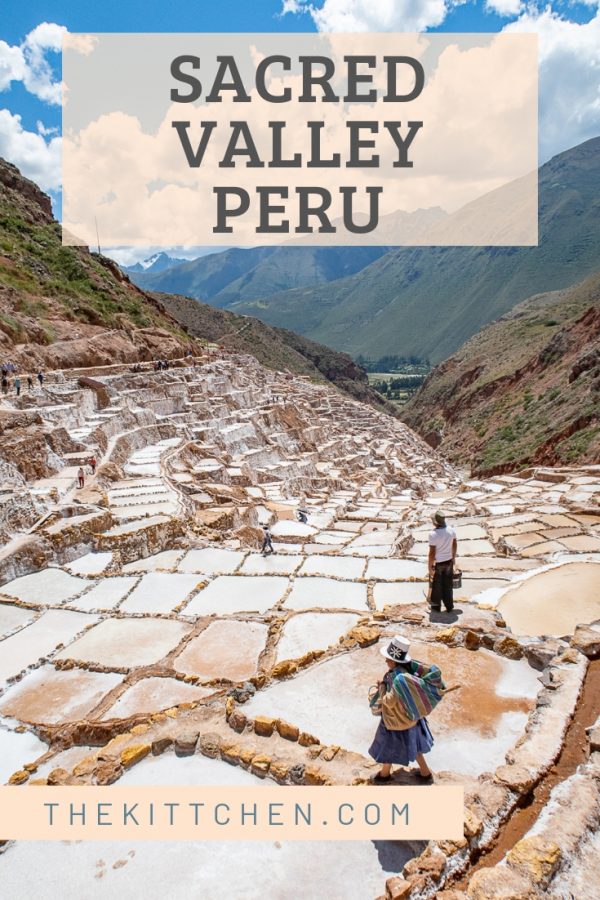
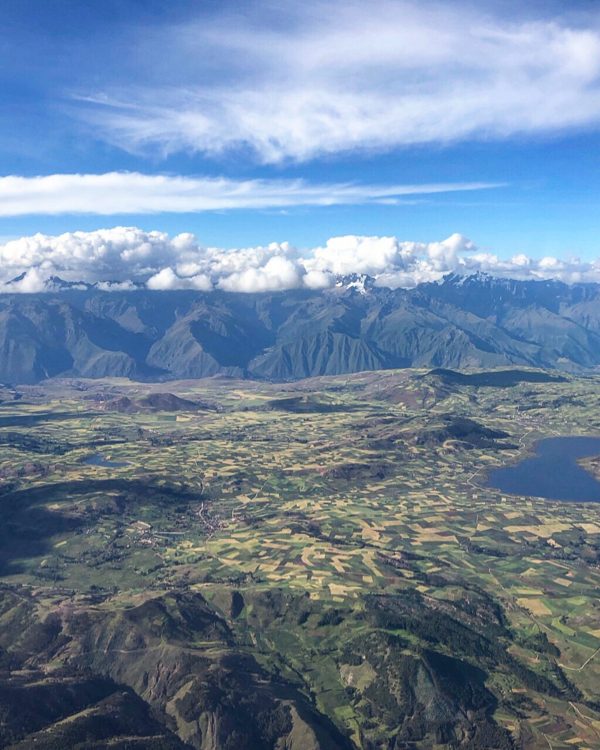
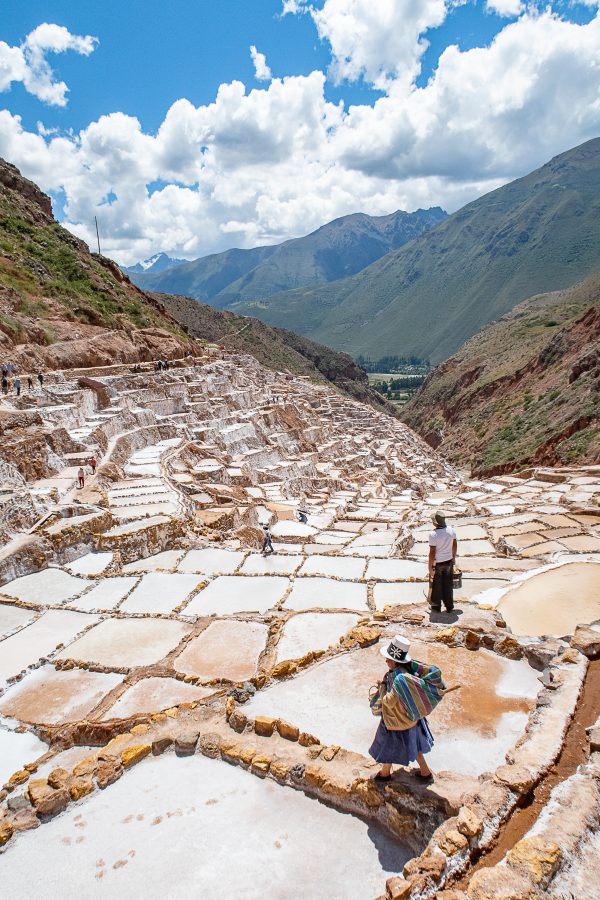
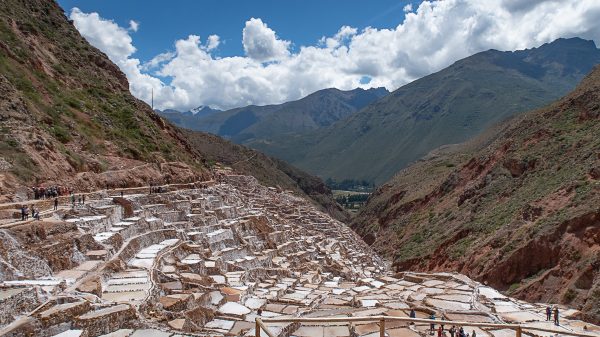
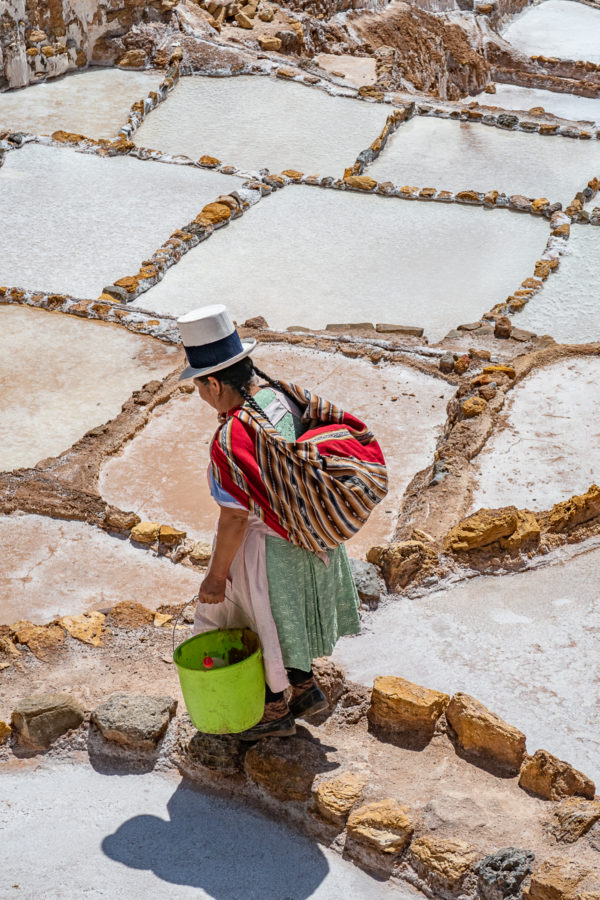
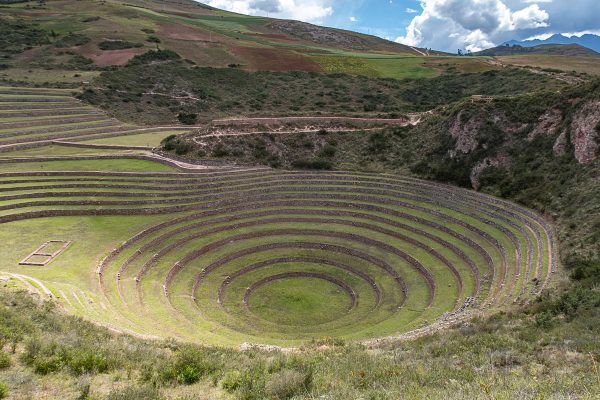
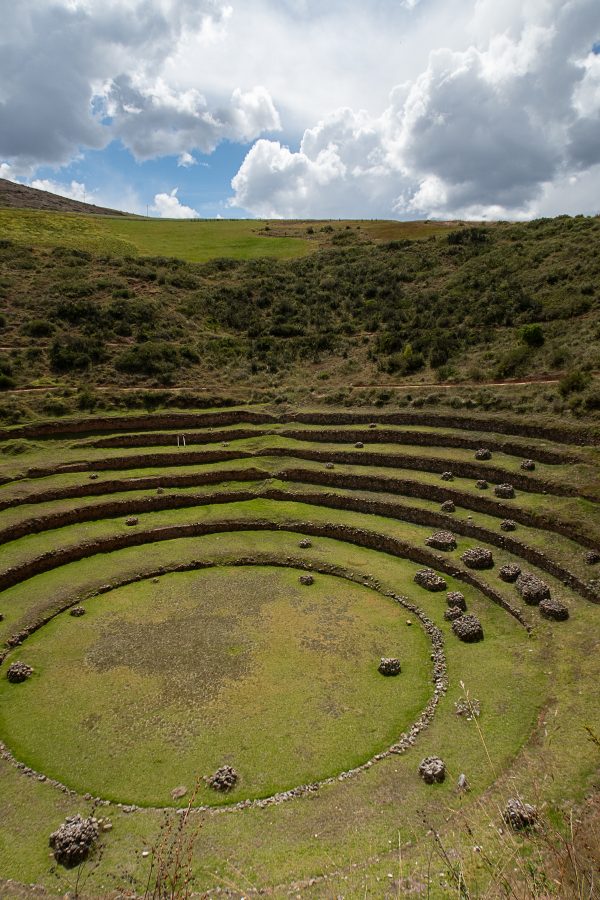
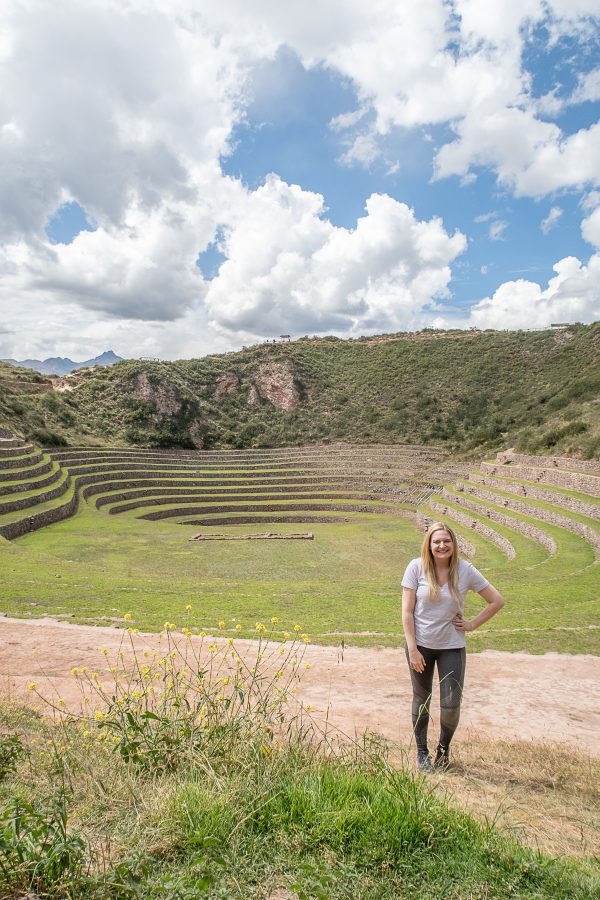
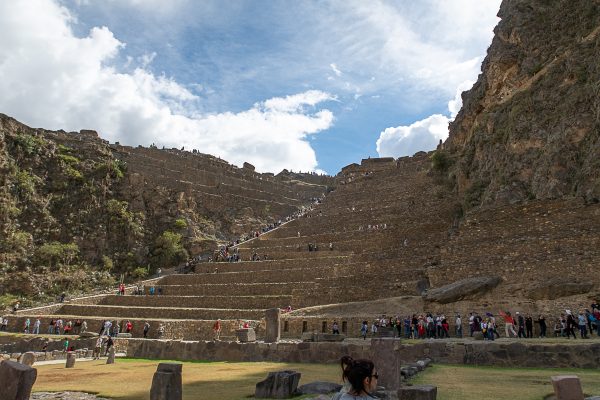
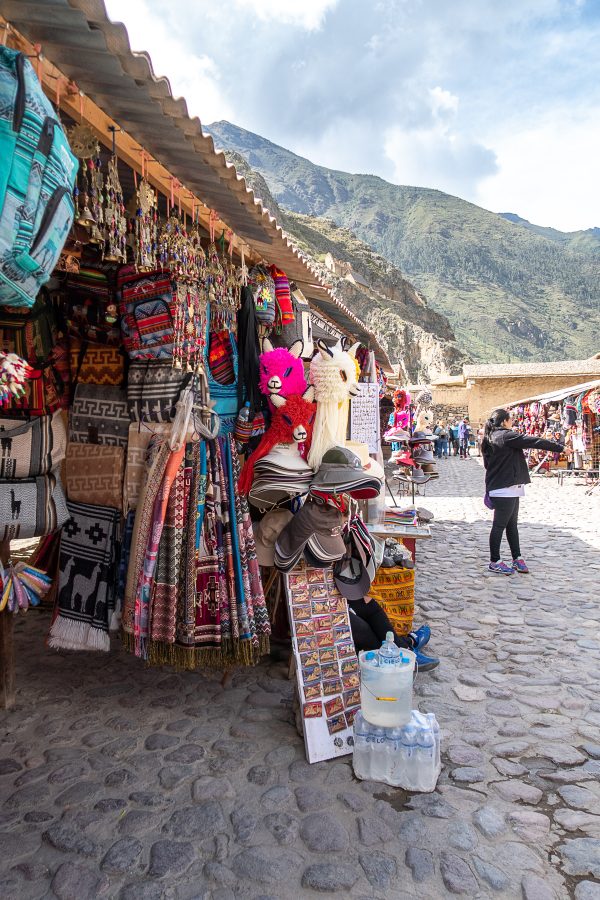
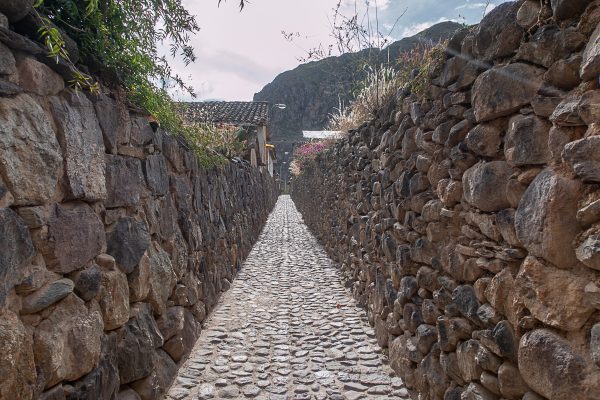
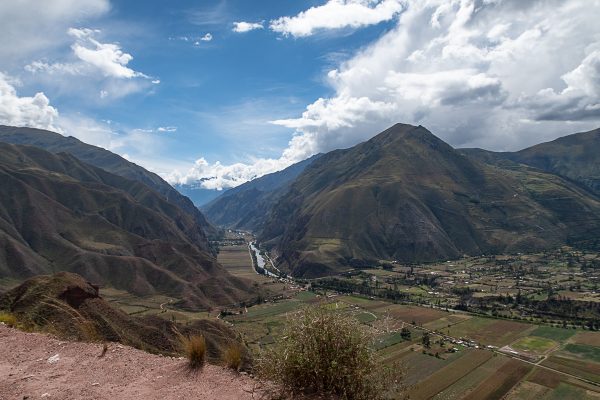
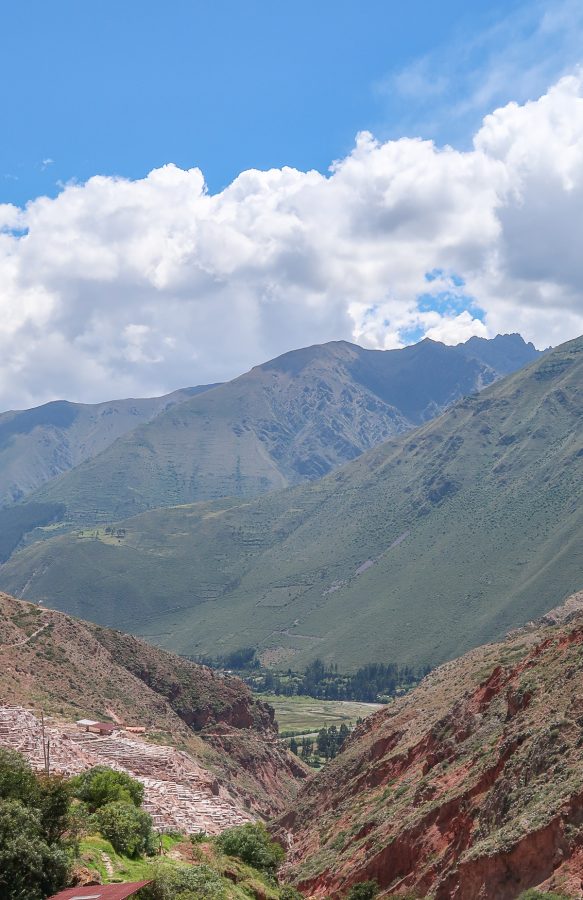
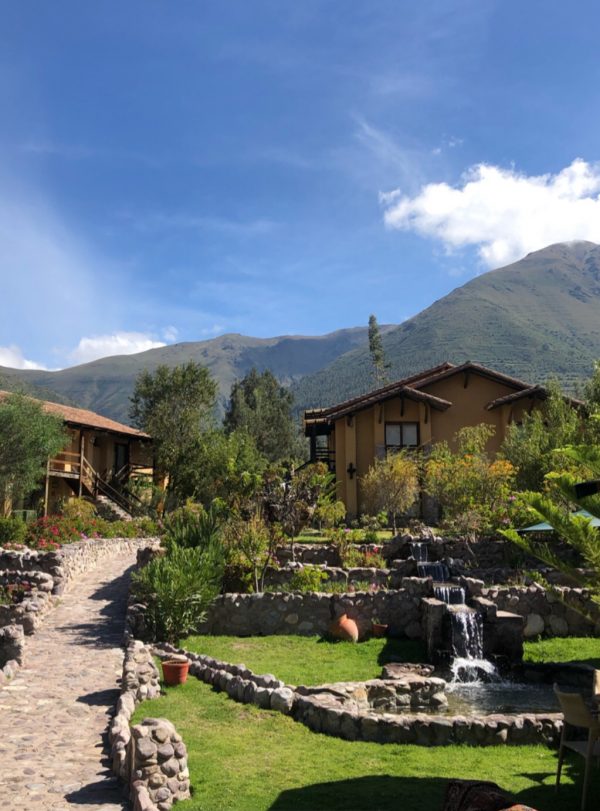
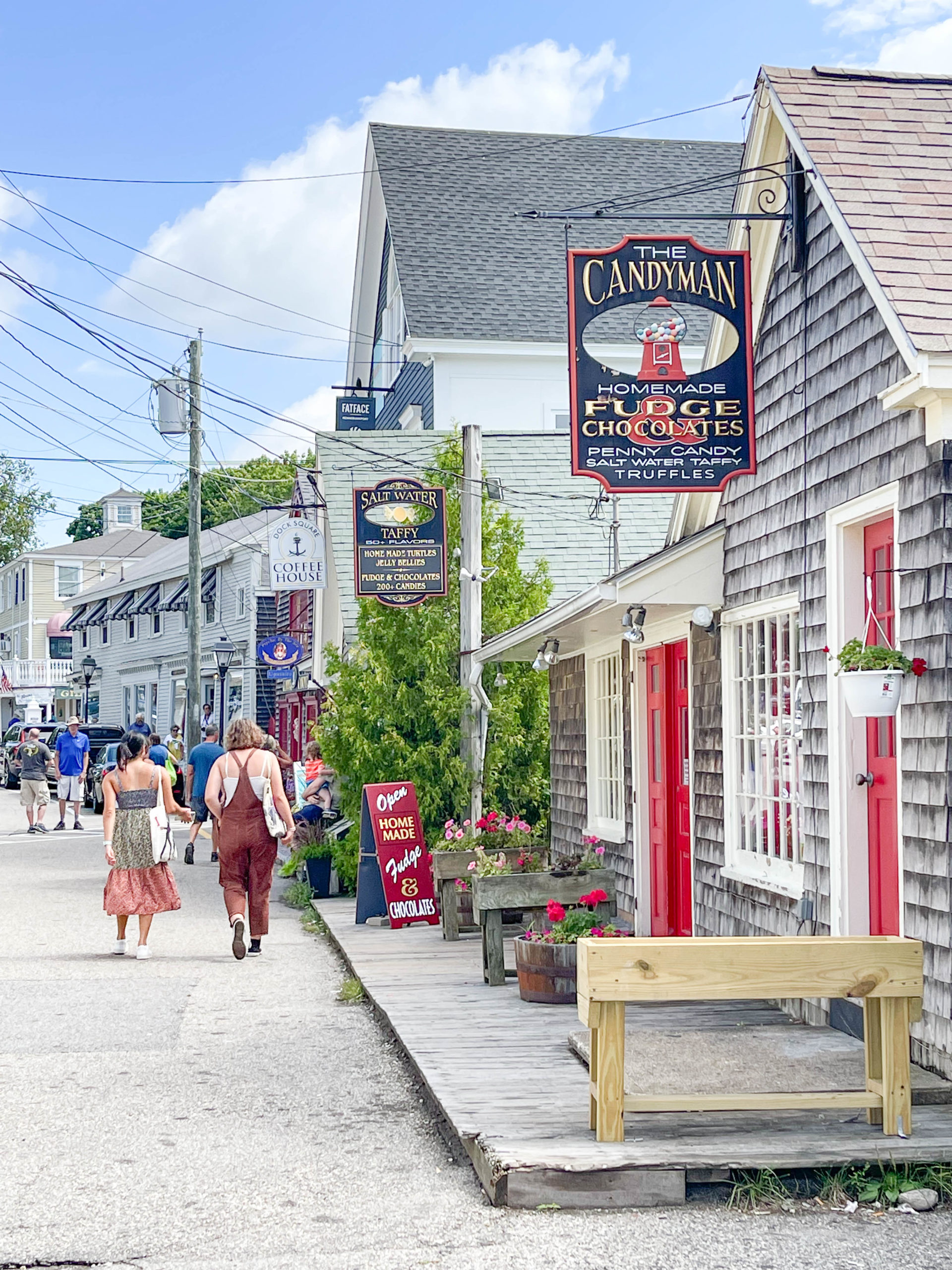


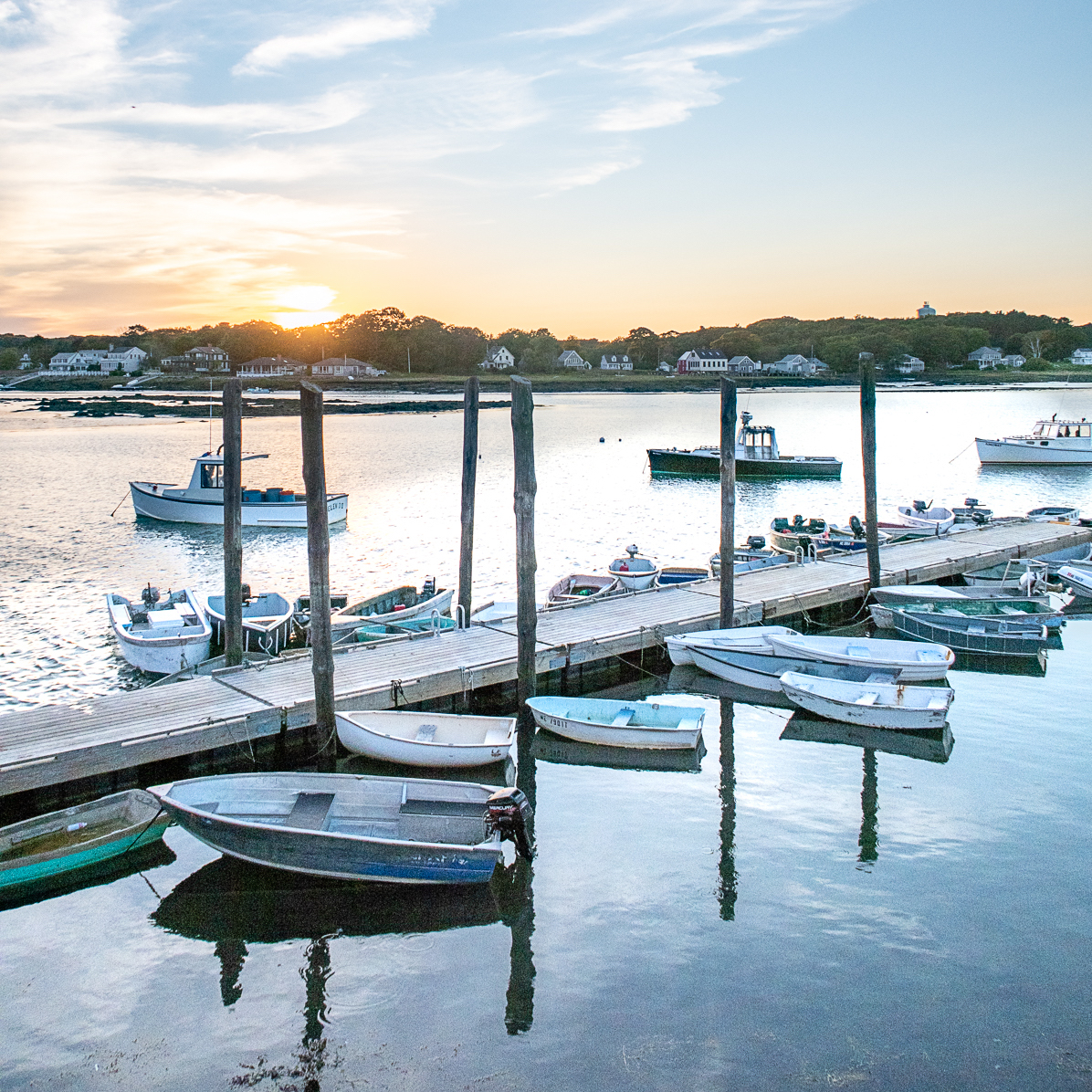
Leave a Reply